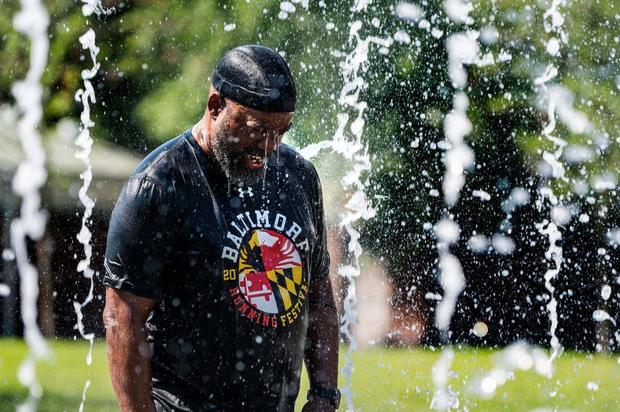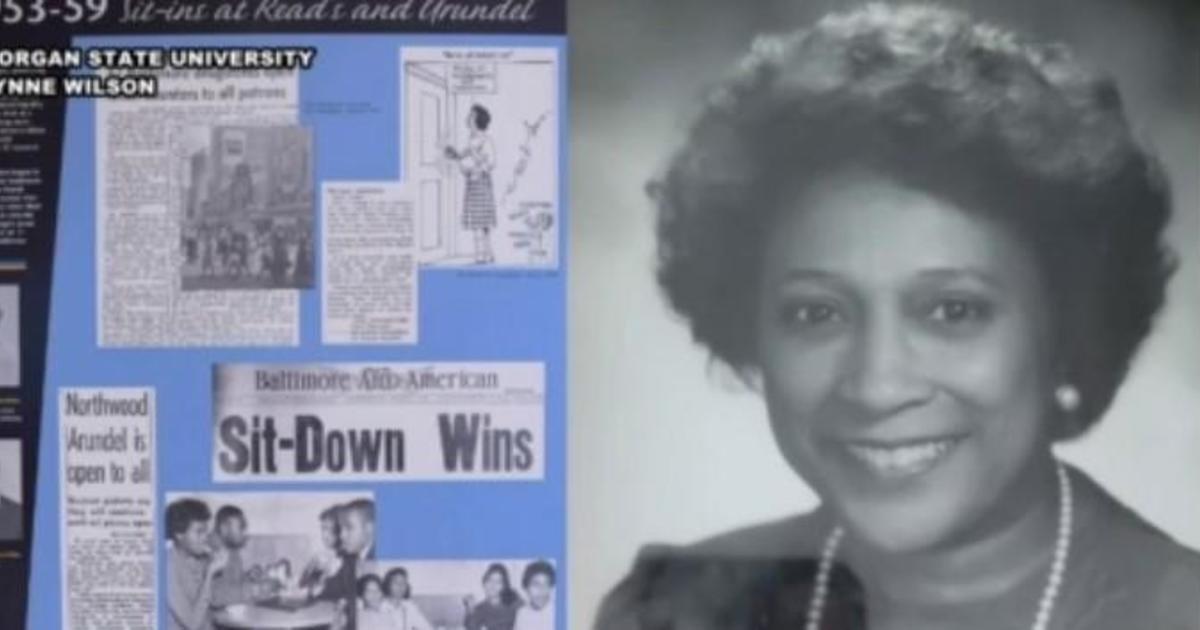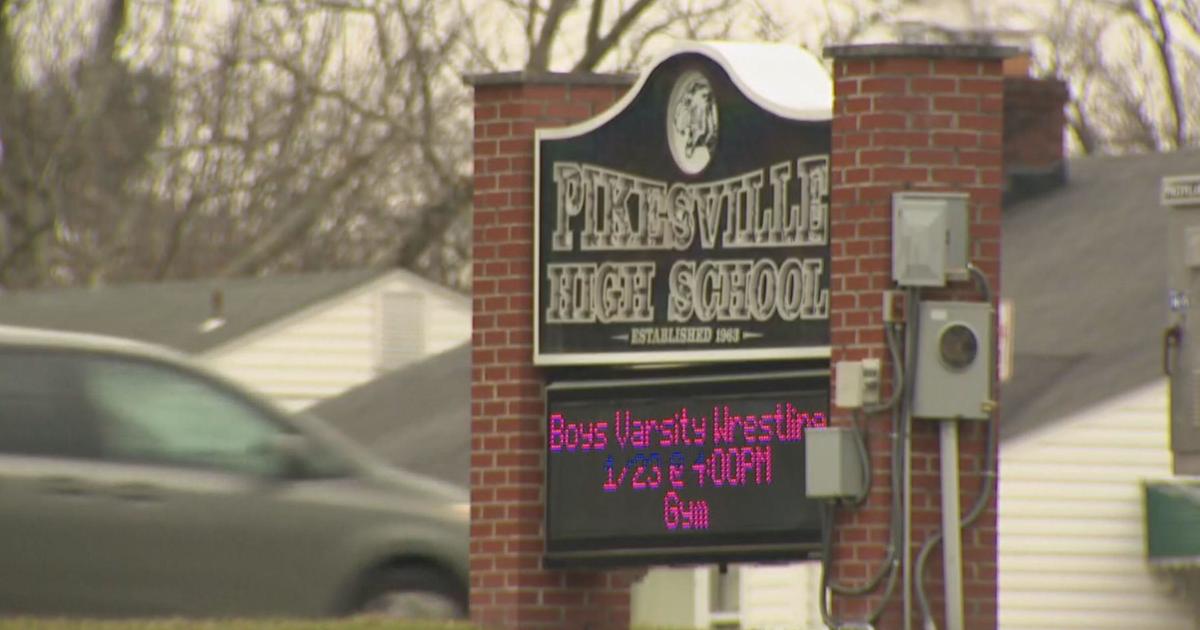Summer in Baltimore: High temperatures come with hidden dangers
BALTIMORE -- Scorching temperatures in the Baltimore region come with a warning from city officials to recognize heat-related illnesses.
On Thursday, The Baltimore City Mayor's Office of Homeless Services and Health Department posted a reminder to residents on social media about signs of heat-related illnesses, including heat exhaustion and stroke.
Between June 1 and Aug. 31, the City Health Commissioner will issue a Code Red Extreme Heat Alert when the forecasted heat index is greater than or equal to 105 degrees Fahrenheit.
The code red status was inactive on July 13, according to the Mayor's Office of Homeless Services. However, on days when there is an active alert, the city works with community partners to open cooling shelters and give out water.
WJZ Chief Meteorologist Derek Beasley forecasts a stretch of weather this week that could top out in the 90s.
This comes as the first heat-related death in the state for 2023 has been reported to the Maryland Department of Health.
The heat-related death of a 52-year-old man happened in Cecil County this week, according to the agency.
Between the months of May to September, the state health department monitors temperature conditions and incidents of heat-related illness and death. Weekly reports are issued with their findings.
Meanwhile, some emergency departments expect to see an increase in treating heat-related illnesses. This includes the University of Maryland Baltimore Washington Medical Center, according to Emergency Medicine Physician, Dr. Rachel Mallalieu.
"July is the most common month for heat-related illnesses," Mallalieu said. "The middle of heatwaves like these, we're guaranteed to have quite a few patients, and sometimes these patients can be very, very sick."
Heat exhaustion comes first with symptoms that include excessive sweating, nausea, a headache and muscle cramps, Mallalieu said.
"As you move on the continuum, if we were to ignore those signs, it leads up to what we call heat stroke," she said. "Heat stroke is when you have a body temperature of 104 degrees Fahrenheit. There's often severe headache, you may stop sweating altogether, you may pass out, lose consciousness and ultimately have seizures. That's when it's an utter emergency."
Medical experts suggest staying hydrated with water and drinks that include electrolytes. If you need to work outside, try to do so in the cooler hours during the morning and evening. Also, take frequent shade breaks, wear light-colored clothing and use an umbrella if possible.
The Maryland Department of Health urges people to not leave children or pets in a car for any amount of time during hot weather and to check on the elderly to ensure they're staying cool.
Despite the heat, some people in Baltimore found ways to enjoy the outdoors—whether it be in the shade or the splash pad located at the Inner Harbor.
"We know what humidity feels like but we were not expecting it to be this bad, this quick," said Jared Luab of Idaho.





